Flashback: EKKLESÍA lights up the streets of Fallas Festival 2015 in Spain
By Bustler Editors|
Thursday, Jun 25, 2015
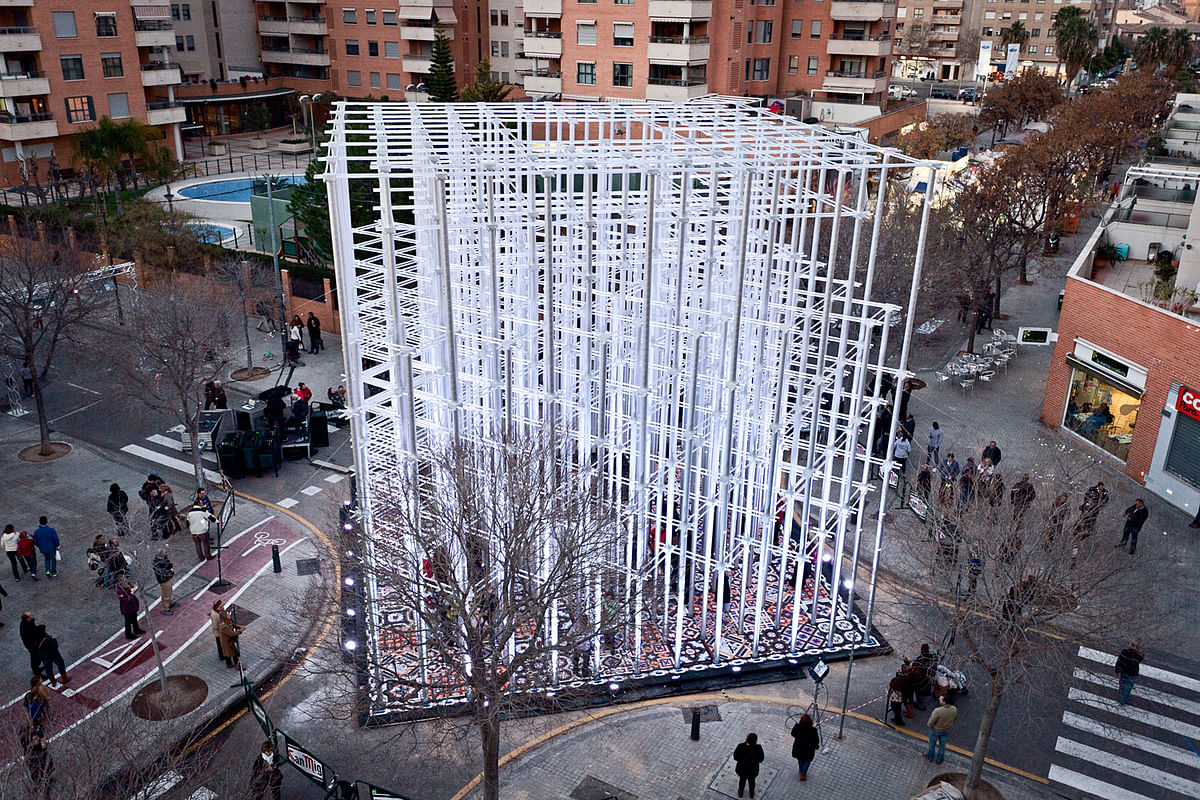
Related
Despite its metal appearance, EKKLESÍA was built from cardboard tubes, which were affixed into a cubic form atop a colorful mosaic floor consisting of 96,000 pieces of wood. Day and night, the pavilion attracted passers-by to gather and play.
The temporary installation was designed by Miguel Arraiz García of bipolaire arquitectos and David Moreno Terrón of pinkintruder for Spain's yearly spring tradition, the Fallas festival, which took place in Valencia this past March. At the end of the festival, all the structures are set ablaze to celebrate the arrival of the spring season. García and Terrón also designed the Corrugated Cardboard pavilion for the 2013 Fallas festival.
Ekklesia - Urban intervention from pink intruder on Vimeo.
Playing with the balance between modern and historic, the designers envisioned the 144 square-meter urban intervention as a contemporary rendition of the ancient Greek ekklesia democratic assembly. Read on to learn more about it.
Project description:
"During the Fallas festival in Valencia held every year the ultimate goal of these installations is to be burned to celebrate the arrival of spring. In this context we built a structure entirely of cardboard and wood joints. The purpose was to investigate to what extent we could carry up this type of structure, and also to place in a traditional context a contemporary image to provoke the debate between tradition and modernity."
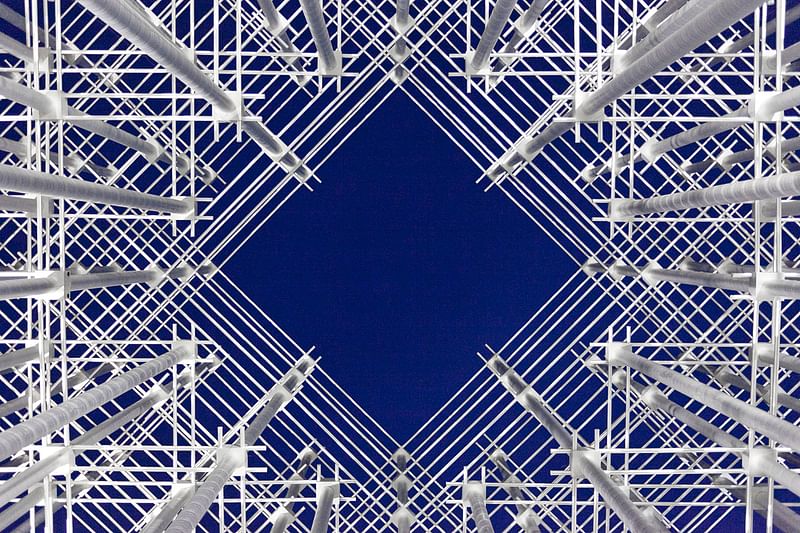
"The installation represented a temple where citizen s can meet and realize the power they have to change things through debate and confrontation of ideas. Hence the title Ekklesia, as this was the ancient Greek assembly that met once a year between elections to decide if someone was annoying for the polis, and if that was the case expel him from the city for ten years."
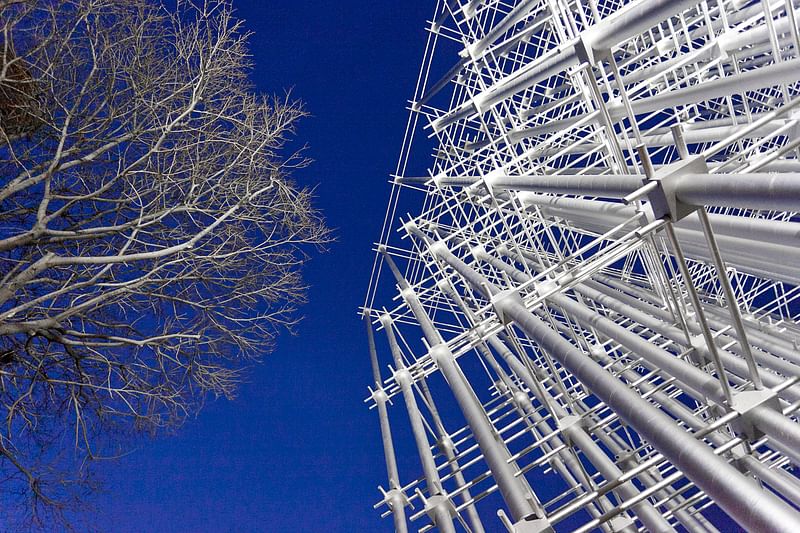
"The facility was visitable and columns were screenprinted with real political messages with critical messages of citizens, trying to highlight the emptiness of political discourse and the need to provide it with content to generate discussion and be owners of our future."
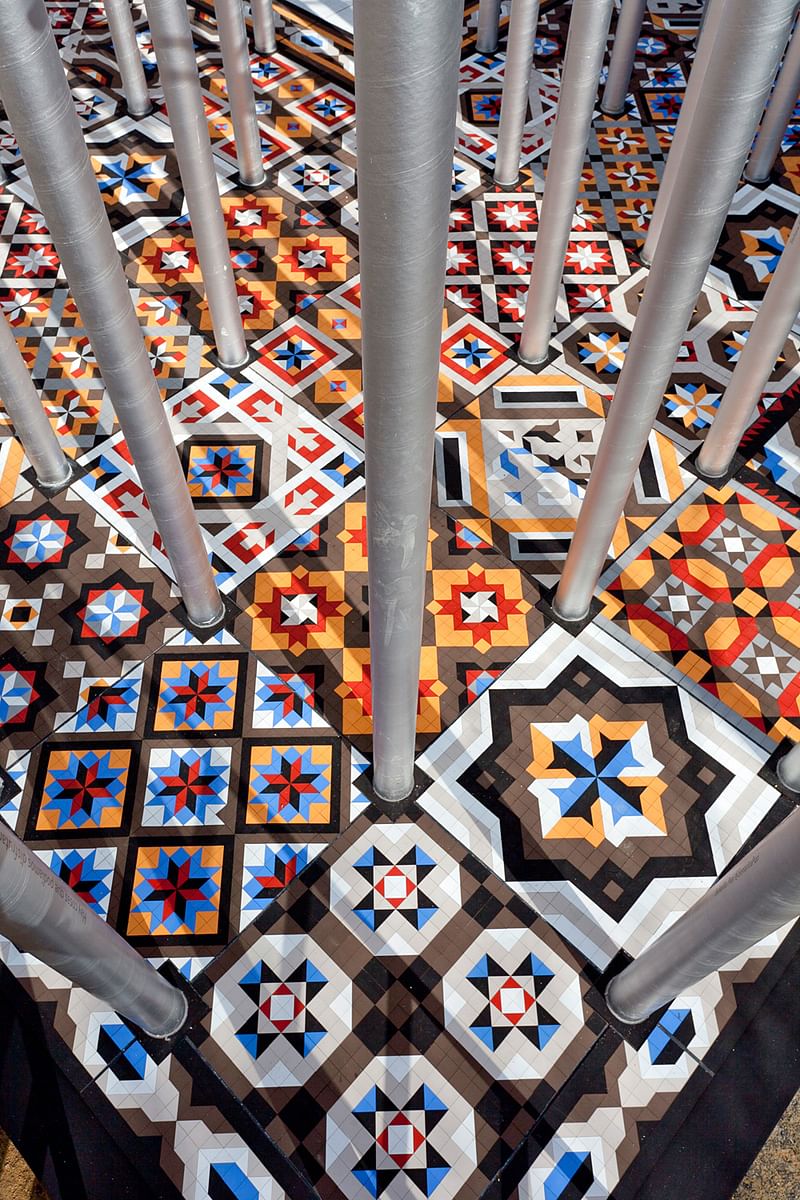
"The stage on which the installation was settled was a mosaic of 96,000 pieces based on designs of Noll a Mosaic, a traditional Valencian ceramic that was lo st in the middle of 20th century. On the one hand its function was highlight a lost heritage and to empha size that any innovation in a traditional context should be based on a thorough knowledge of tradition."
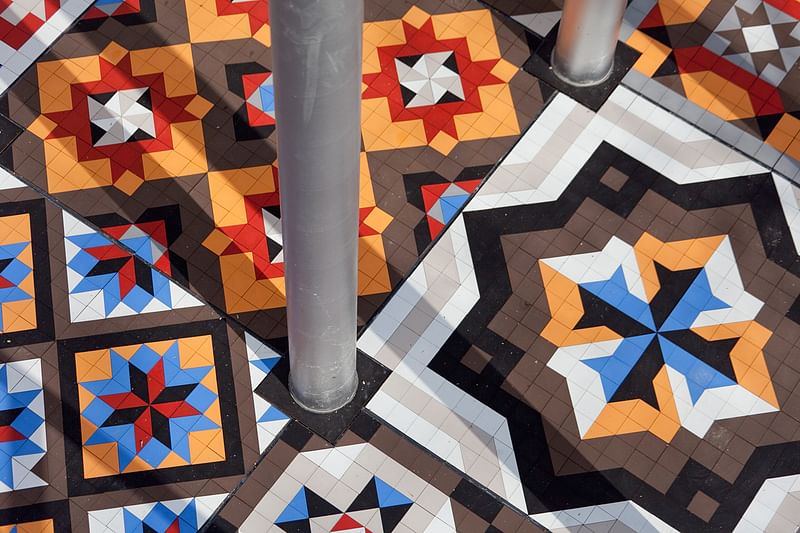
"At the same time we also wanted it to be a participatory project and therefore the completion of the mosaic was made in different workshops with children at ri sk of social exclusion and various neighborhood associations."
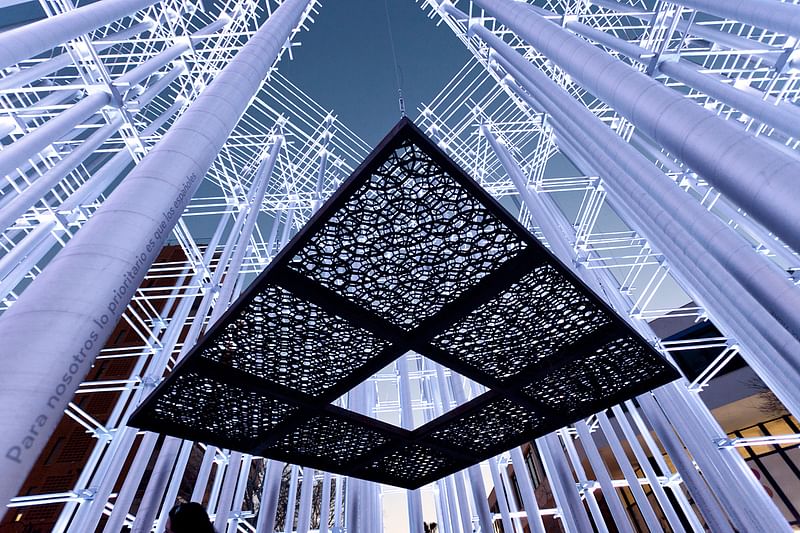
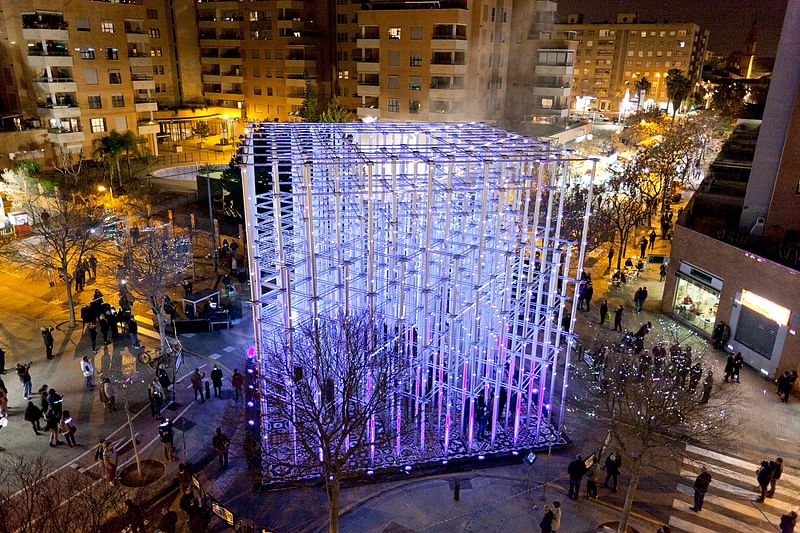
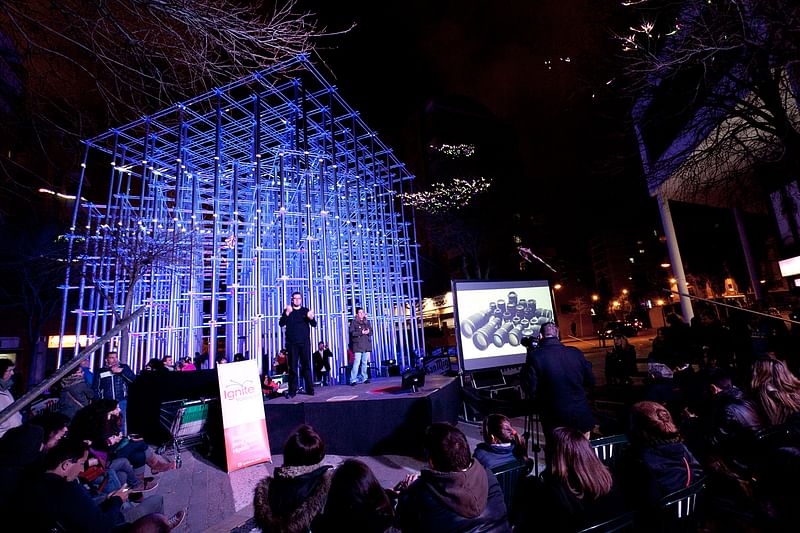
“The ekklesia (from Ancient Greek “ ἐ κκλησία ‘) was the main assembly of Athenian democracy in Ancient Greece. Ostrakon (plural, ostraka), literally piece of vessel, is the Greek term that has come down to us as the famous exile by ostracism, and it was nothing but a law allowing citizens to banish for some time political or other harmful citizens for Polis. Over the potsherds the citizens had to write the name of the politician who was a potential danger to the community. In the Athens of the V century B.C. was an important political institution, safeguarding its democratic system of government from internal enemies.
To apply law of ostracism the Ekklesia gathered once a year debating whether there was sufficient evidences to implement the ostracism, if that was the case the ostrakophoria was called, assembly where ostracism was voted. Such voting was held in the agora, with about 6,000 citizens entitled to vote. And the vote consisted in writing down on the piece of ceramic uóstrakon the name of the person that everyone thought it should be ostracized. Once the votes were counted the one with most votes was banished from Athens for 10 years, the exile was granted 10 days to prepare his departure from the Polis. The Athenian ostracism was a preventive law, which anticipated future conspiracies to establish tyranny.”
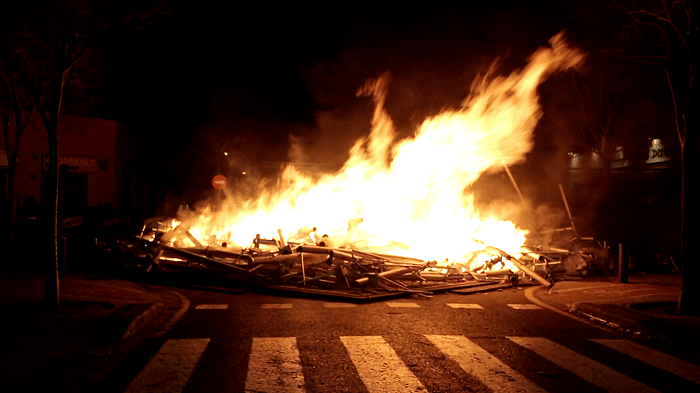
Project credits
Authors: Miguel Arraiz García / David Moreno Terrón (pinkintruder)
Location: Valencia, Spain
Year: March 2015
Area: 144 sqm
Collaborators: ARAE Patrimonio, Asociacion Cultural Falla Cronista, Retales, Josep Martí, Barret Films, Led Visuals, Ignite, Valencia Vibrant, Choreoscope, Visorifashionart Photography and video: Noel Arraiz
Client: A.C.F Nou Campanar
Cardboard supplier: ALPESA
Wood supplier: ALPISA
All images courtesy of pinkintruder.
More project photos in the thumbnails below.
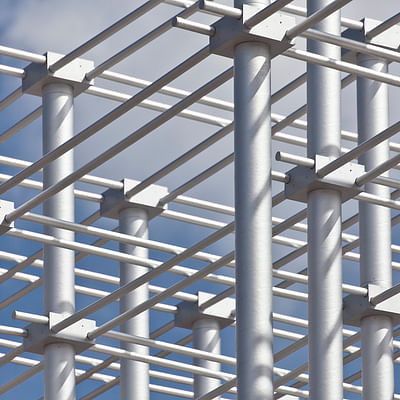
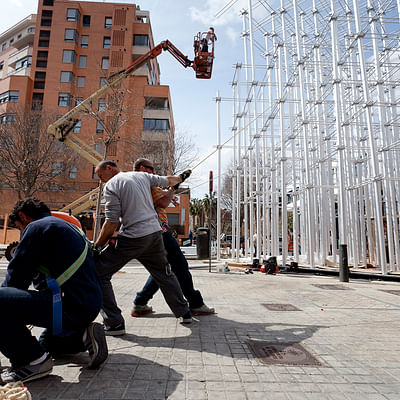
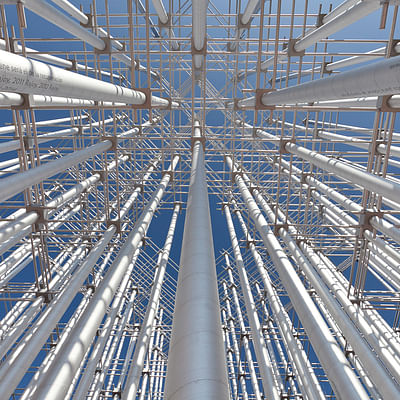
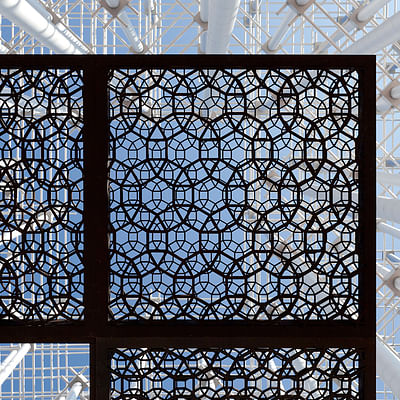
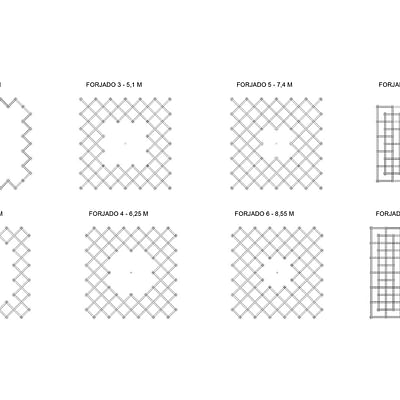
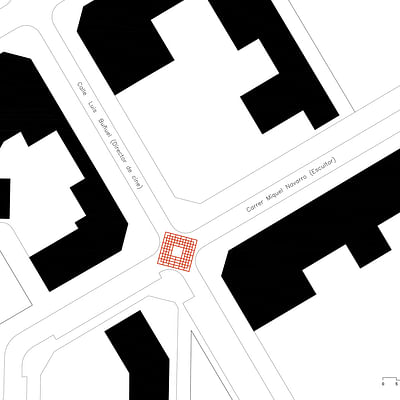

Share
0 Comments
Comment as :